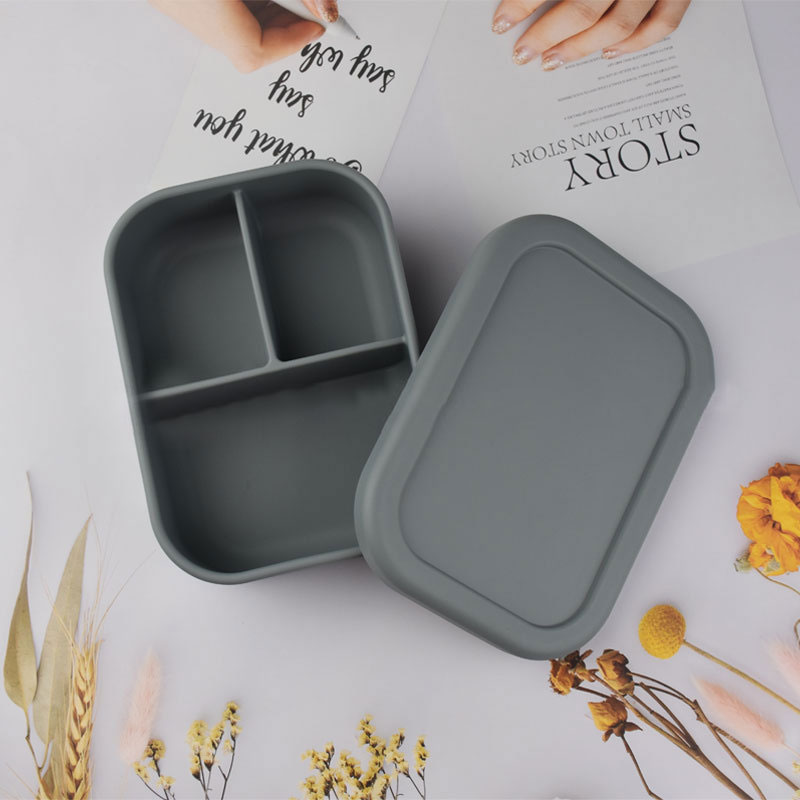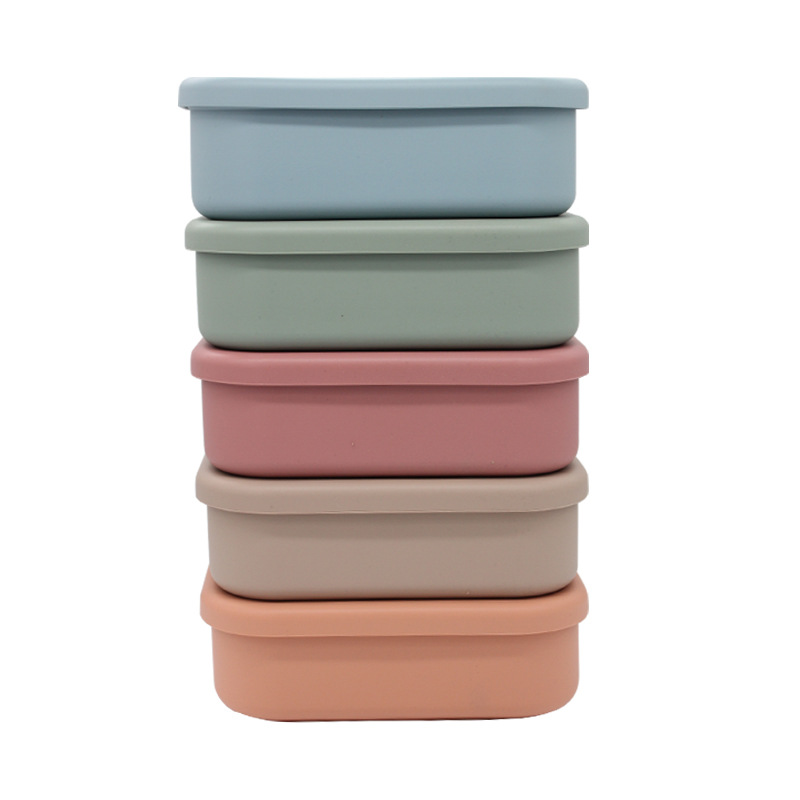Introduction
Silicone lunch boxes have gained popularity as a practical and eco-friendly alternative to traditional food storage containers. However, there has been some debate surrounding their microwave compatibility. In this essay, we will explore whether silicone lunch boxes are microwavable or not. By examining the properties of silicone as a material, understanding its heat resistance capabilities, and considering manufacturers’ guidelines, we aim to debunk the myth and provide clarity on this topic.

- Understanding Silicone: Silicone is a synthetic polymer composed of silicon, oxygen, carbon, and hydrogen atoms. It is known for its flexibility, durability, and non-toxic nature. These properties have made it a popular choice for various kitchenware and food storage products, including lunch boxes. However, concerns have been raised regarding its behavior when exposed to high temperatures in the microwave.
- Heat Resistance of Silicone: One of the key factors that determines whether silicone lunch boxes are microwavable is their heat resistance. Silicone is generally heat resistant and can withstand a wide range of temperatures. Most silicone products, including lunch boxes, are designed to handle temperatures up to around 450°F (232°C) without melting or releasing harmful substances. This makes them suitable for use in conventional ovens, freezers, and dishwashers, leading us to question if they can also be used safely in the microwave.
- Manufacturer Guidelines: To determine the microwavability of silicone lunch boxes, it is crucial to consult the guidelines provided by the manufacturers. While silicone itself may have heat-resistant properties, individual product designs and manufacturing processes can vary. Manufacturers often indicate whether their silicone lunch boxes are safe for microwave use through labels, instructions, or certifications. It is imperative to follow these guidelines to ensure proper usage and prevent any potential risks.
- Considerations for Microwaving Silicone Lunch Boxes: Despite the general heat resistance of silicone, some considerations should be taken into account when microwaving silicone lunch boxes. Firstly, it is essential to remove any metal components, such as clips or lids, as they can cause sparks in the microwave. Additionally, it is recommended to avoid extreme temperature changes, such as transferring a silicone lunch box directly from the freezer to the microwave, as this may cause thermal shock and potentially damage the container.
- Benefits of Microwaving Silicone Lunch Boxes: Microwaving silicone lunch boxes can offer several benefits. Silicone is known for its ability to distribute heat evenly, reducing the chances of hot spots and ensuring more consistent heating of food. This can result in well-cooked meals and maintaining the nutritional value of the ingredients. Furthermore, the microwave-safe nature of silicone lunch boxes allows for convenient reheating of leftovers, promoting efficient and time-saving meal preparation.

Conclusion
In conclusion, silicone lunch boxes are generally safe for use in the microwave. With their heat-resistant properties and adherence to manufacturer guidelines, individuals can confidently utilize these containers for reheating food. However, it is important to exercise caution by removing any metal components and avoiding extreme temperature changes. By following proper usage instructions, individuals can enjoy the benefits of microwaving with silicone lunch boxes, including even heat distribution and convenient reheating. It is crucial to consult specific manufacturer guidelines to ensure the safety and longevity of the silicone lunch box. Remember, a little knowledge goes a long way in unlocking the true potential of silicone lunch boxes as a versatile and reliable option for everyday food storage and reheating needs.


